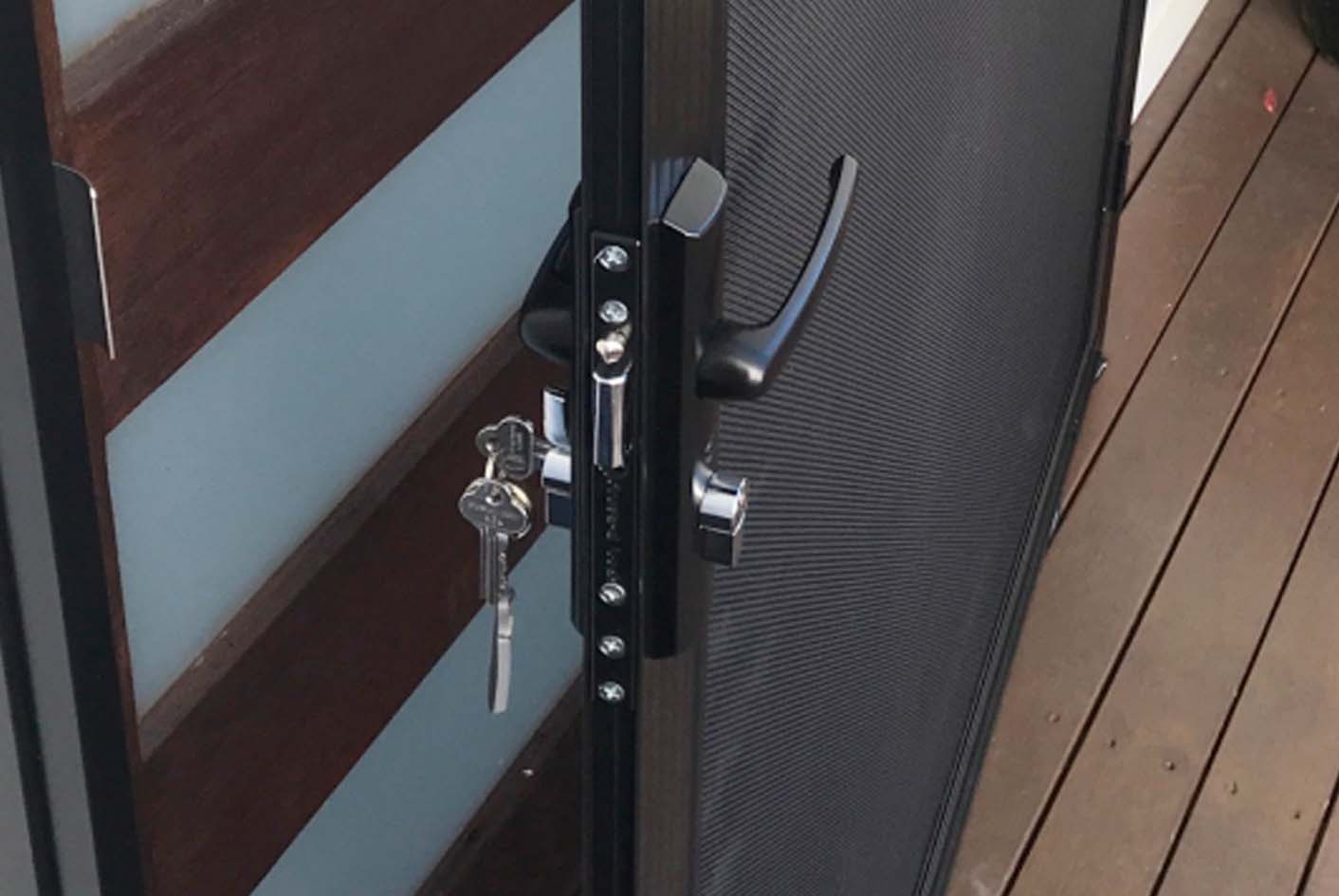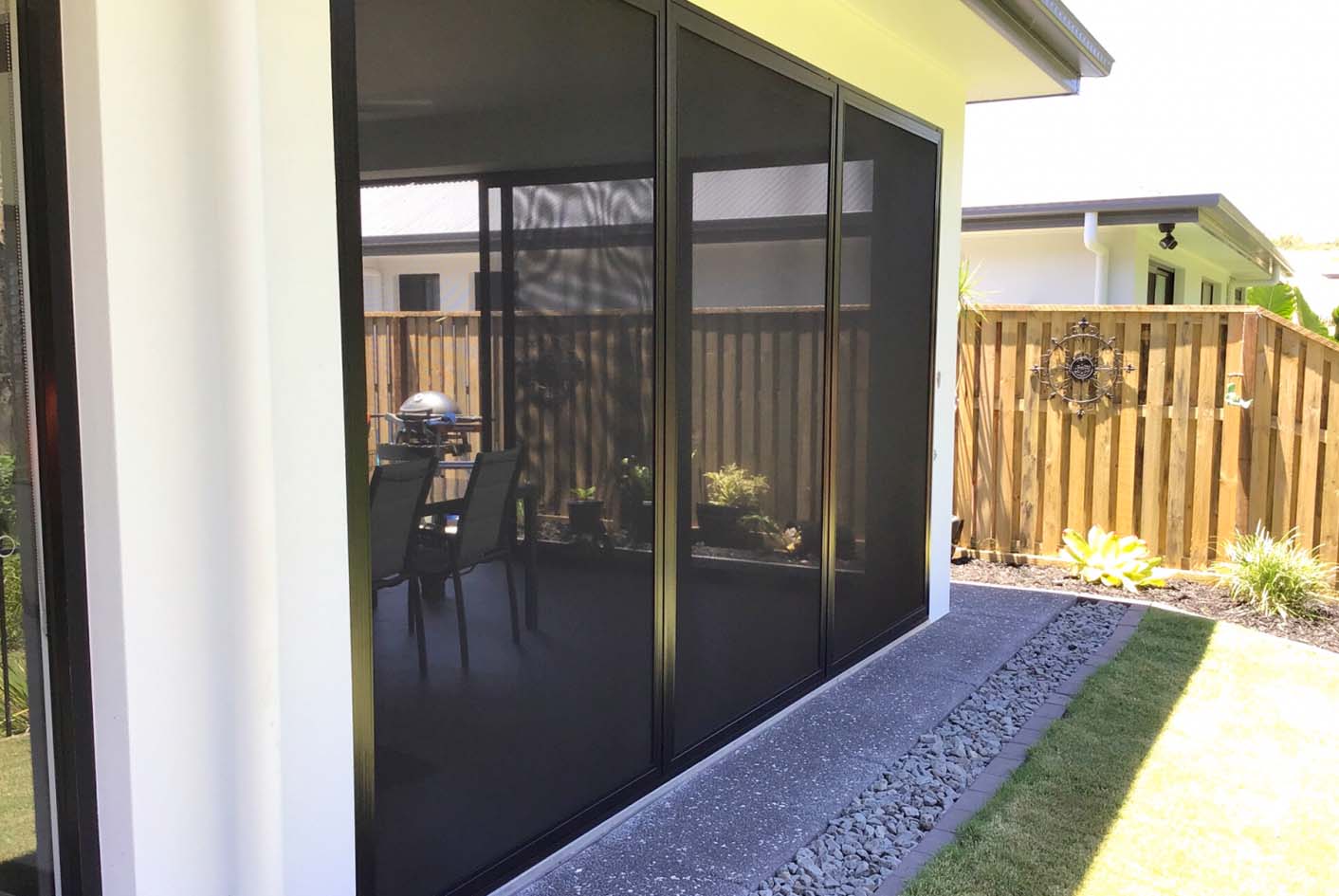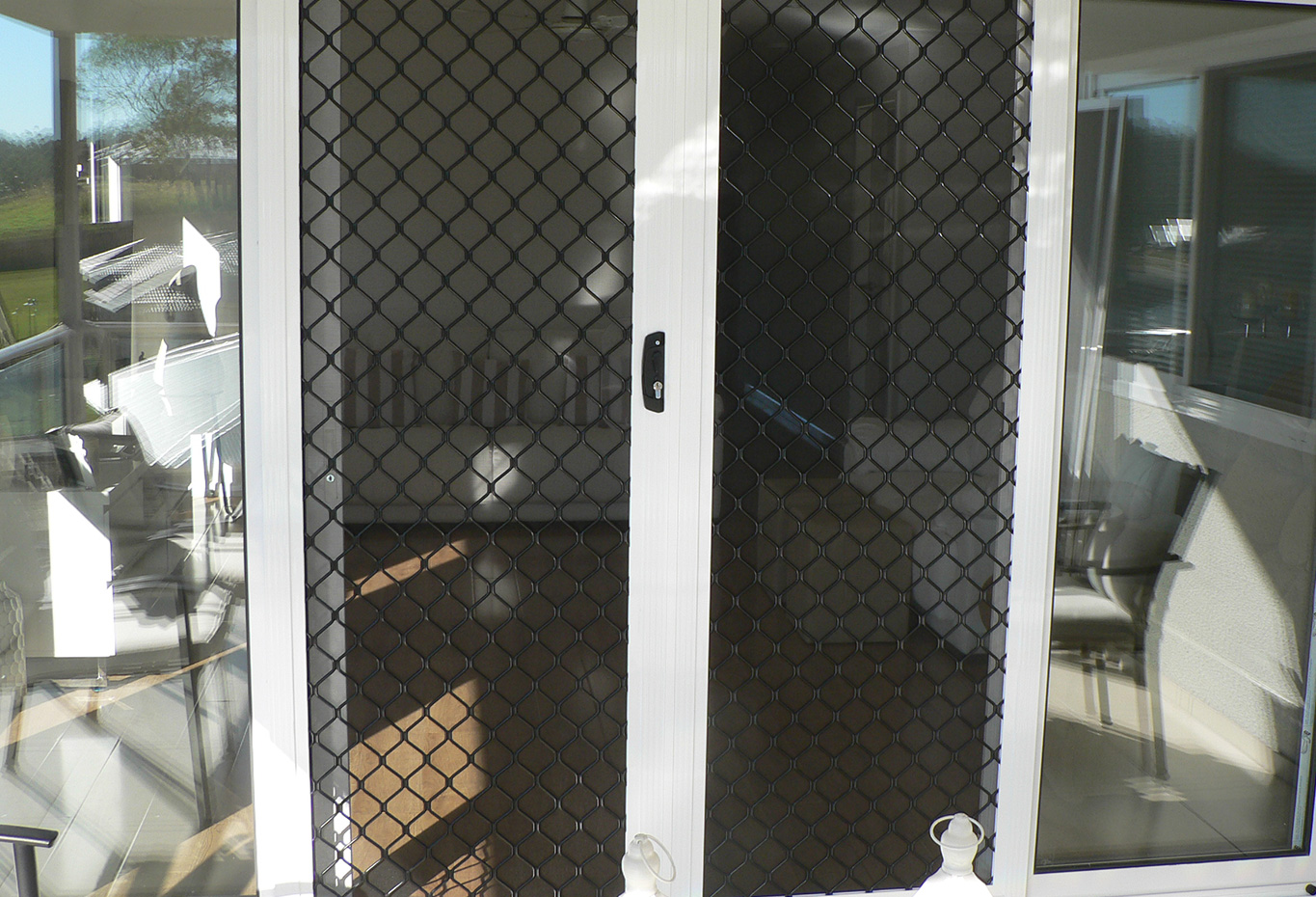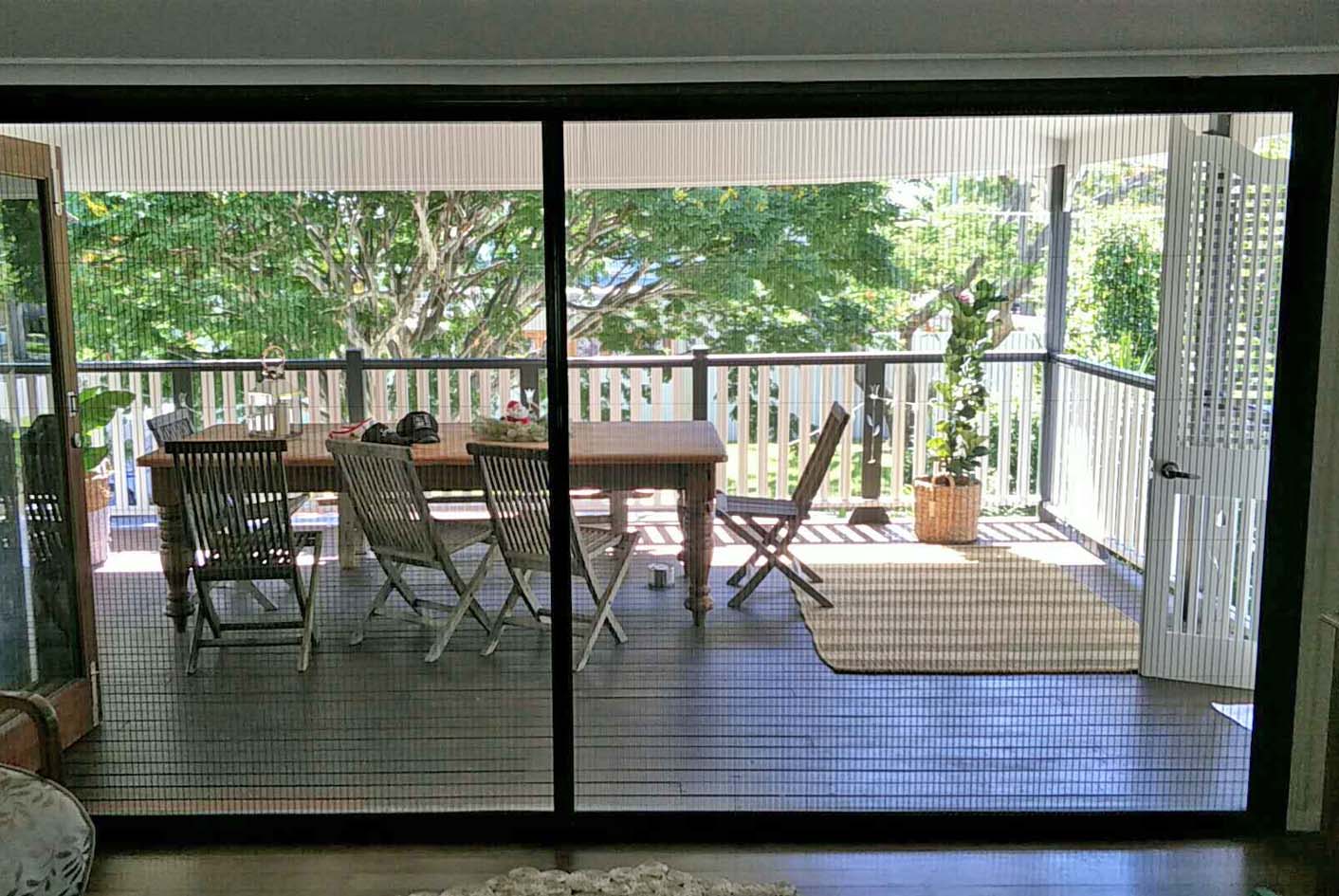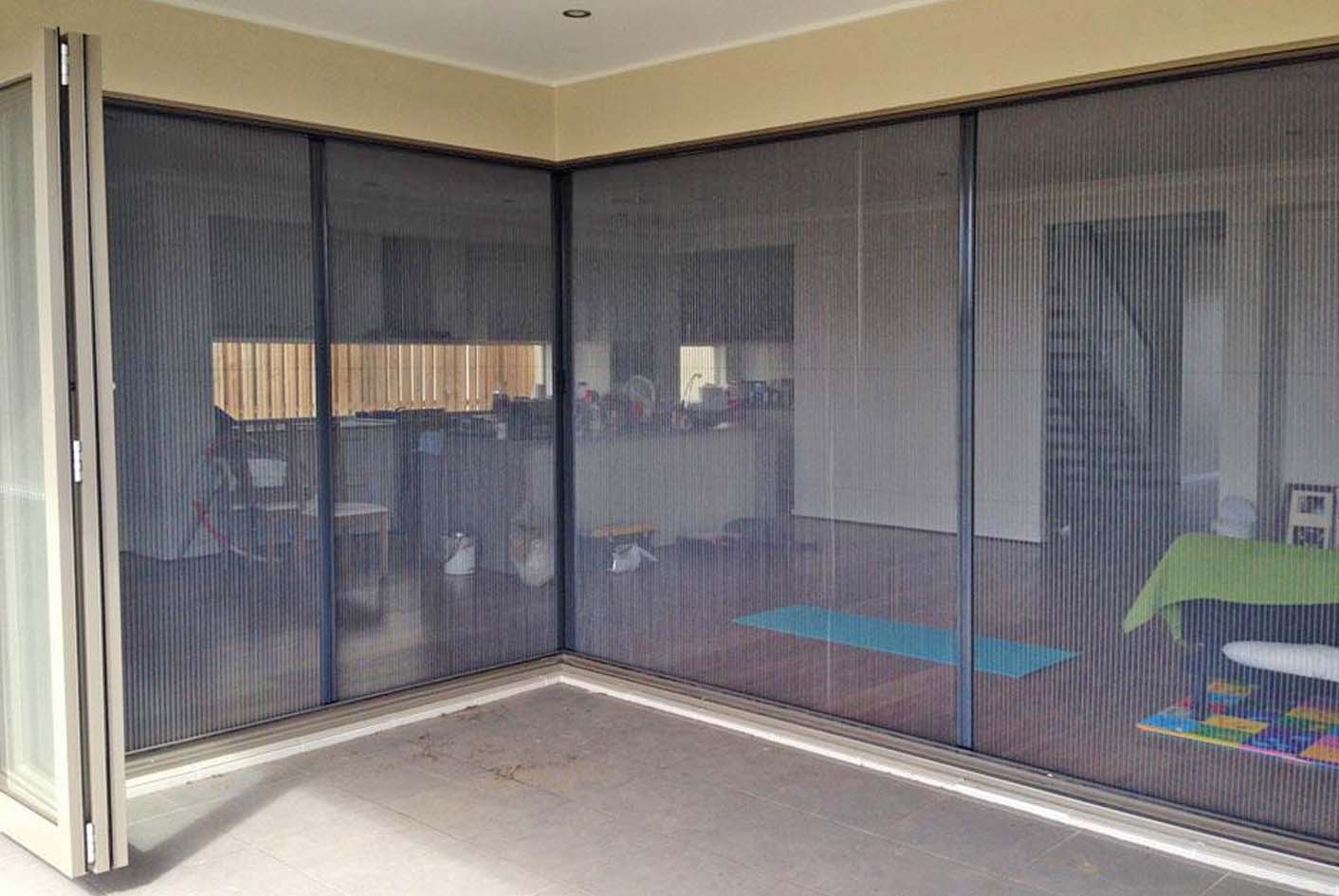Security doors are more than just barriers they’re also vital guardians of safety, protecting your home and family from unwanted intrusions. But what truly makes a security door a “security door”? It goes beyond sturdy materials and aesthetic appeal. Security doors are governed by stringent Australian Standards (AS), which ensure that they perform under the toughest conditions and meet rigorous safety criteria.
This blog unpacks the essential standards, testing procedures, and components that define a high quality security door. Whether you’re considering upgrading your home’s security or are simply curious about how these systems work, understanding these details can make all the difference.
The Updated Australian Standards for Security Doors
Recent changes to the Australian Standards have consolidated previous guidelines into a streamlined structure. The now superseded standards (AS 5039-2008, AS 5040-2003 and AS 5041-2003) have been replaced by a unified 3 part framework under AS 5039 for security door and window screens:
AS 5039.1-2023: Classification and Performance
This section introduces updated classification systems and performance requirements. The new Security Level 200 (SL200) doubles the energy threshold for dynamic impact testing, increasing it from 100 joules to 200 joules. Compliance labels must now reference this updated security level, ensuring clarity for customers and regulators.
AS 5039.2-2024: Installation
Installation guidelines now mandate a separate installation label to be affixed after the security screen has been installed. This ensures traceability and accountability, verifying that installation meets the specified standards.
AS 5039.3-2023: Methods of Test
This section defines updated testing methodologies, including the increased energy requirements for dynamic impact testing, as well as enhancements to other critical tests like the jemmy, shear and pull tests.
Why These Updates Matter
The updated standards provide an extra layer of assurance for homeowners. By doubling the dynamic impact test requirements, they significantly enhance the security level that doors and window grilles must meet. Meanwhile, the introduction of mandatory installation labels helps ensure consistent installation practices, leaving no room for error. These changes aim to make security doors and window grilles even more robust, capable of deterring increasingly sophisticated break-in attempts.
The Rigorous Tests Every Security Door Must Pass
To meet the updated AS 5039 standards, security doors undergo a series of demanding tests that simulate real world break-in scenarios. These include:
1. Dynamic Impact Test
Simulating a forceful attack, such as a kick or shoulder charge, this test now uses 200 joules of energy—double the previous standard. A 40kg lead bag is swung into the security door five times in succession. To pass, the door must resist creating gaps larger than 150mm and maintain its structural integrity, ensuring it can absorb the significant energy of repeated impacts.
2. Jemmy Test
This test evaluates resistance to levering attacks using tools like screwdrivers or crowbars. Mechanical winches apply force at hinges and locking points to simulate attempts to pry the door open. For the door to pass, all critical points must resist the attack without creating gaps over 150mm, ensuring intruders can’t breach the security screen.
3. Pull Test
This test measures the door’s ability to resist being forcibly pulled from its frame. A force of up to 2kN (200kg) is applied to the edges of the door for 20 seconds. The door must withstand this pressure without deforming or creating gaps that could allow entry.
4. Probe Test
The probe test ensures no gaps are large enough for tools or fingers to gain leverage. A deflecting force of 1.5kN (150kg) is applied to breaches to test their resistance. The door must prevent any significant widening of the breach, maintaining security even after partial compromise.
5. Shear Test
This test evaluates the screen material’s resistance to cutting tools like pliers or bolt cutters. A minimum of 3kN (300kg) of force is required to cut through one strand. This ensures the screen can resist sustained cutting attempts.
6. Knife Shear Test
This test simulates an intruder slashing or stabbing the screen with sharp objects. A heavy duty trimming knife is used to make three cuts across the screen, each with a fresh blade. To pass, the screen must not tear more than 150mm, ensuring its integrity against sharp attacks.
Why Standards Matter for Your Home’s Security?
The Australian Standards don’t just set benchmarks, they protect consumers by ensuring that security doors are truly secure. Without adherence to these guidelines, a door marketed as “secure” might fail under real world pressure, leaving your home vulnerable. Choosing a door that complies with these standards means investing in a durable and robust product. So always look for products that comply with the Australian Standards, and don’t forget that we are always here to assist and provide you with quality products and installations.

